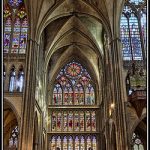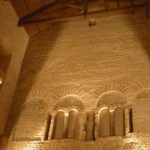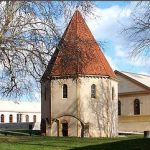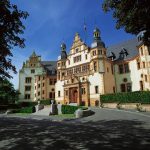Architecture |
St. Stephen’s Cathedral (St. Etienne)
St. Stephen’s Cathedral in Metz was built over three centuries from 1240, it is one of the highest cathedrals of France with his arch which rises to forty-one meters above the ground level of the nave.
|
Saint Pierre aux Nonnains and the chapel of the Templars
The Church Saint Pierre aux Nonnains is a religious building dating from the late fourth century.
|
The Governor’s PalaceThe Governor’s Palace, formerly called “General-Kommando” is a residence built in Metz between 1902 and 1905 to serve as a residence to the German Emperor William II.
|
The door of the Germans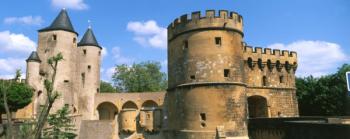
The door of the Germans is a fortified town gate at the east of the city It serves as a bridge over the Seille from the thirteenth to the early twentieth century. The building is now the most important vestige of the medieval ramparts of Metz. It reflects the evolution of the military architecture in Metz during the Middle Ages. |

